Clematis is a very beautiful plant, it will give a unique touch to the picture of your garden. There are various types of this plant - from unpretentious princes to varietal species. We learn how clematis care in the fall, preparation for winter.
Material Content:
- 1 Features of clematis care in the fall
- 2 Autumn pruning clematis: technology and scheme
- 3 Types of shelter for different types of clematis
- 4 Shelter plants for the winter: recommendations depending on the groups
- 5 The nuances of preparing clematis for winter in the Moscow region, the Urals and Siberia
- 6 Common mistakes in winter training
Features of clematis care in the fall
Clematis, like any ornamental plant, requires attention. First of all, sanitary pruning should be performed, damaged and dried shoots, faded flowers should be removed. Pre-winter plant nutrition is performed.
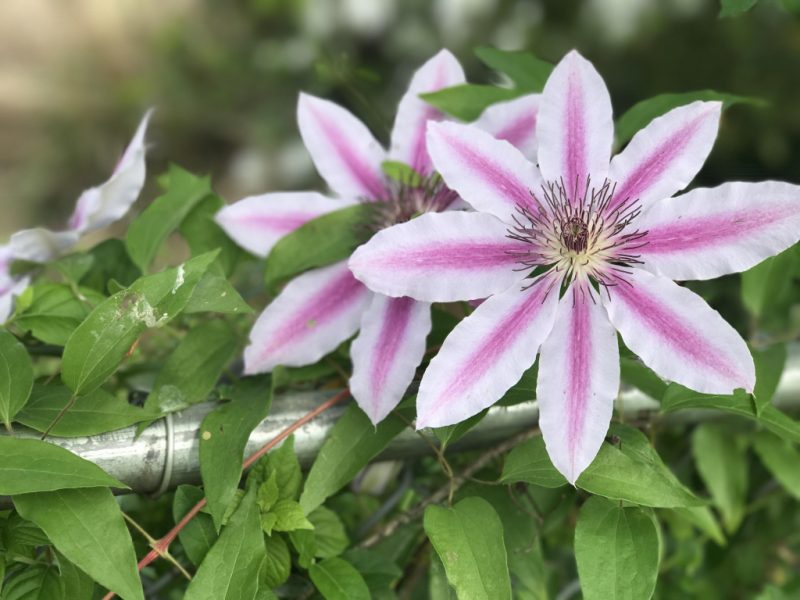
2 cups of ash, chalk or dolomite flour are scattered under the bush. This will reduce the acidity of the soil, and increase winter hardiness. You can shed the soil under the plant with foundationazole, blue vitriol or potassium permanganate to destroy pest larvae wintering in the soil.
Autumn pruning clematis: technology and scheme
In various species of this plant, flowers appear in a different pattern. Some begin to bloom already on the shoots of this year. For others, for flowers to appear, a year must pass, only after wintering this kind can bloom.

It is worth noting that clematis is cut off only in the fall. Spring pruning is not allowed.
Depending on the features of flowering, autumn clematis is pruned. A plant flowering on the shoots of the current year leaves a shoot of 15-20 cm with four buds. This will be enough to spring new shoots and bloomed from these buds.
The branches of a plant that blooms on last year's shoots are shortened to half a meter. Shoots twist around the center of the bush to make it more convenient to cover.
Types of shelter for different types of clematis
For clematis, blooming on the newly grown shoots, it is enough to protect the root system from frost. To do this, fill the center of the bush with mulch from peat, sand, dry leaves.
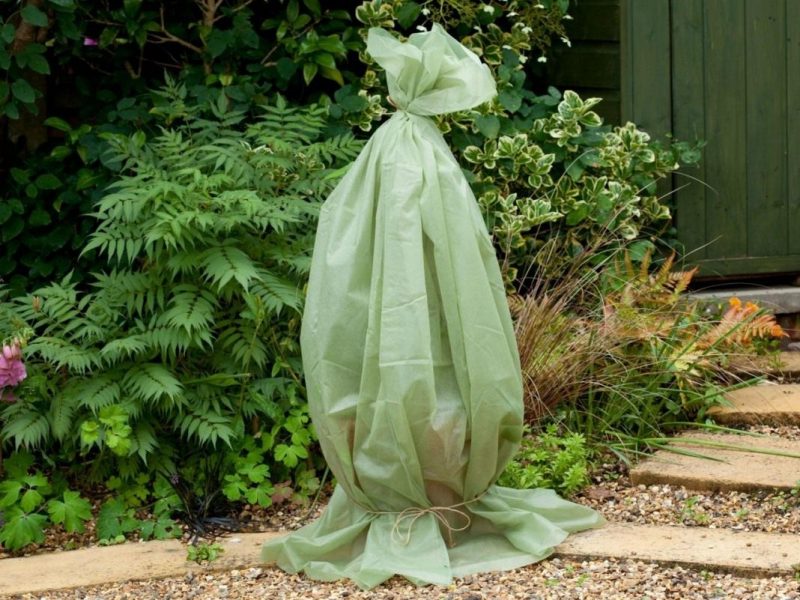
For the creeper, which blooms the next year after the formation of shoots, more reliable shelters should be provided. It is good to use the air-dry method. Moisture does not get under such shelter. In winter, no ice crust forms on the branches. This shelter must be removed in time when heat occurs, so that the plant does not soprel.
Good shelter is obtained when using non-woven material, mounted on a frame made of tubes, wood or wire. He is satisfied even before the frost and is not in a hurry to shoot in the early spring. This is convenient for summer residents, who may miss the moment the bushes are released from protection.
Shelter plants for the winter: recommendations depending on the groups
The shoots of the current year, which have already faded, are cut off almost completely. Their shelter is limited to hilling soil or mulching with peat and compost. To be sure, you can cover the growth site of clematis with fir branches.
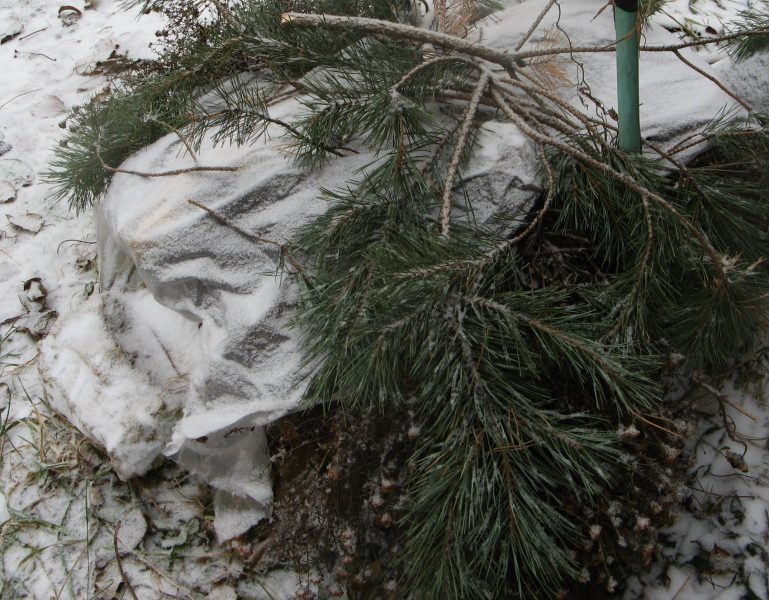
A plant that needs to preserve last year’s branches, where flowers appear in the spring, is more carefully covered. Shelter should provide the bush with heat, but also provide air access, without creating a greenhouse effect.
Shoots are laid on spruce branches or other dry litter. Laying on bare ground is undesirable. A wooden frame made of improvised materials is installed above them, covered with a film or roofing material on top.
Between the ground and the coating leave slots for ventilation. With the onset of frost, spruce branches are added from above. In the spring, the spruce branches are first removed, then gradually the remaining structural elements.
The simplest reliable shelter can be made of several layers of lutrasil, laid on a structure of arcs or boxes, 40 cm high. It is well fixed so as not to be blown away by the wind. This system can be built immediately after trimming the shoots. In the spring, do not rush to remove it until frost has passed.
The nuances of preparing clematis for winter in the Moscow region, the Urals and Siberia
In suburban gardens, varietal specimens of Clematis must be covered. The species blooming on the newly formed shoots after pruning are covered with mulch or fertile soil. Varieties with flowers at last year’s growth are laid on the litter of spruce branches. Subsequently, a suitable shelter is used.
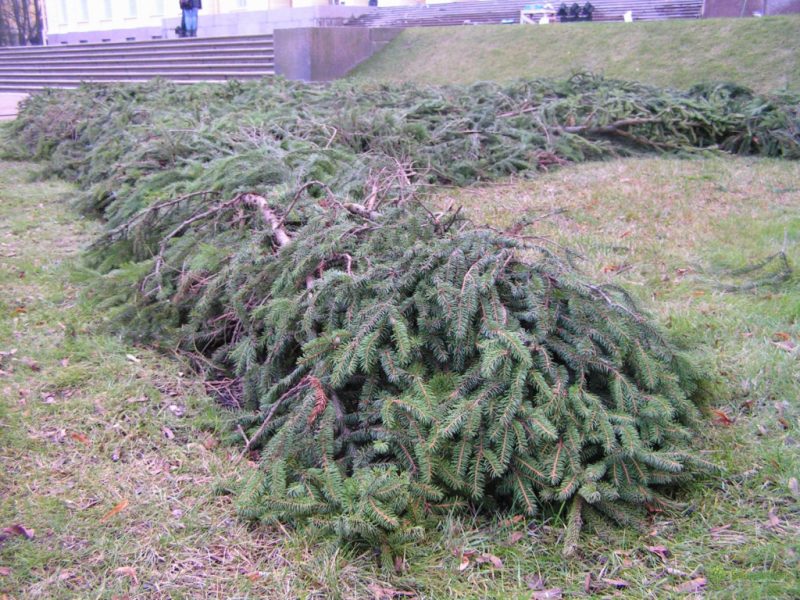
Difficult weather conditions in the Urals and Siberia make adjustments in the cultivation of this crop. First of all, varieties zoned to this region should be planted. It is preferable to use species that bloom on young shoots.
They begin to cover plants already in the beginning of autumn, as the cold in these areas comes early. The trimmed bush is sprinkled with earth, then the spruce branches are laid. A low frame is placed on top, on it a film or roofing material. The whole structure is covered with earth.
In the spring, at first, they dig out the earth, with an increase in temperature they remove the coated frame. When there is confidence that the frosts will not return, they remove the spruce branches.
Common mistakes in winter training
One of the common mistakes is too early shelter in the fall, which can lead to overheating of the plant and its death. The belated removal of the insulation structure in the spring leads to the same result.
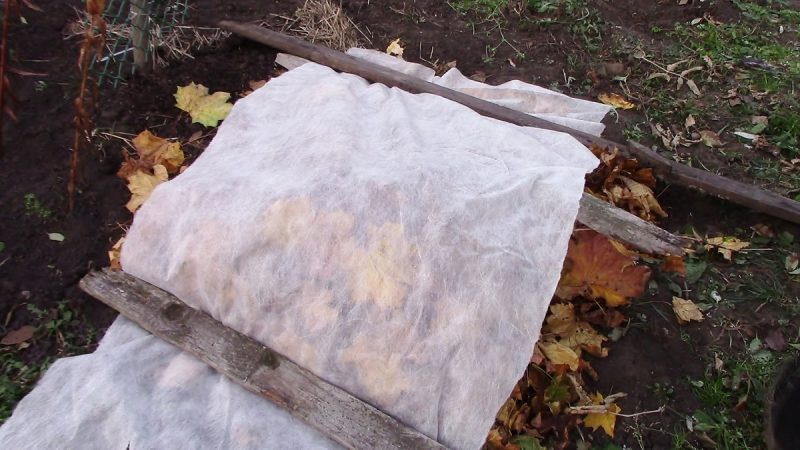
Errors include incorrect autumn pruning when shoots that need to be left and vice versa are removed.
Before wintering, the plant is fed. If the fertilizer contains nitrogen, this will lead to its weakening.
Too tight airtight shelter leads to the formation of rot on the roots and shoots.
Soil treatment from pests should not be neglected before the onset of winter. Various protective products will destroy wintering pests and protect the plant from damage in the spring.
When wintering around the roots of the flower should be a mound of loose earth.If you leave even a small hollow here, water may freeze there and ruin the root neck.
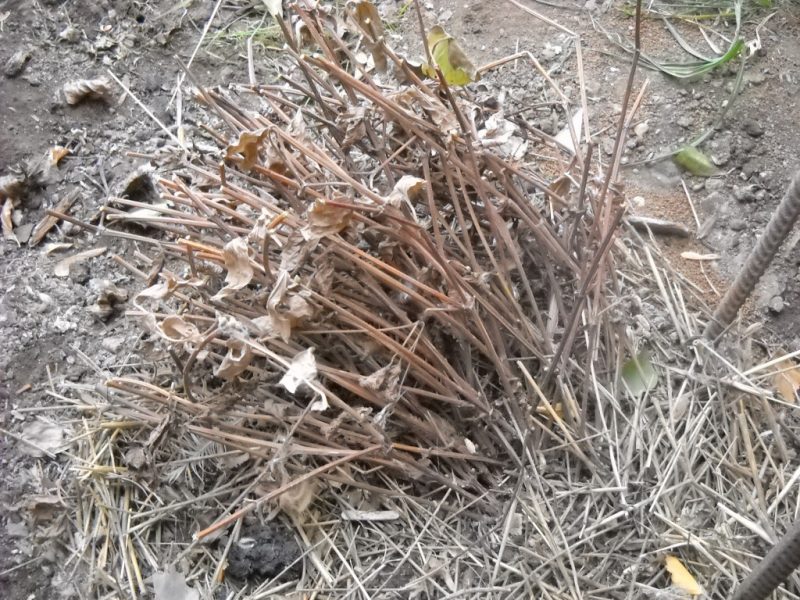
Another mistake will be a violation of the timing of autumn irrigation to nourish the root system. In the middle lane this is done no later than October. Later dates will do more harm than good.
Gardeners love to decorate gardens with beautiful vines of clematis flowers. A variety of varieties and colors will help to choose your flower even to a finicky grower. It is worthwhile to carefully choose the type of plant.
If you can not pay much attention to your garden, but want to get a beautiful bush, limit yourself to the species in which the flowers appear on the young shoots of the current year. Well, if you are a sophisticated gardener, you can create a whole gallery of varieties that allow you to observe the beauty of the royal flower throughout the summer period.












